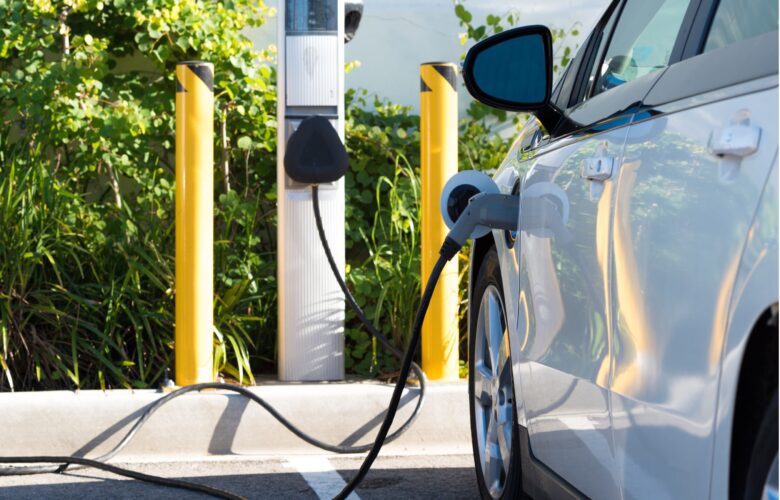Electric mobility is accelerating across India, and one of the biggest barriers for EV adoption has been range anxiety, fragmented charging networks, and payment or access hassles. To truly enable a smooth ride for EV drivers, what’s needed is a connectivity layer that ties everything together. That’s where an EV Roaming Solution becomes essential. ElectreeFi is one player building this layer bringing together charging network operators, service providers, and drivers in one interconnected ecosystem.
What EV Roaming Enables
At its heart, EV roaming means that an EV driver need not worry about being locked into a single charging network or payment method. It allows:
- Access to many different charging station networks using one account or app.
- Finding available chargers nearby, even if they’re operated by a different network.
- Unified billing, so you don’t need multiple invoices across different providers.
- Real-time status and usage tracking for both drivers and operators.
In effect, it’s like roaming for mobile phones but for EV chargers.
Key Features Delivered by Modern Roaming Platforms
Based on ElectreeFi’s model and what’s emerging globally, these are some of the core elements:
- Interoperability Across Networks
When you roam, your home network account lets you use chargers from other operators without needing new sign-ups. That simplifies journeys especially for longer trips. - Real-Time Monitoring & Mapping
Drivers can see which chargers are available now, what their status is, and how far they are. No more showing up only to discover a station is offline. - Streamlined Billing & Payments
Instead of managing multiple apps or payment passwords for each network, a centralized process issues invoices and handles payments across charging sessions. - Operator Insights & Analytics
For charging station operators (CPOs), roaming provides visibility into how often chargers are used, peak times, usage patterns all useful data to optimize deployment and maintenance. - User Experience & Travel Confidence
With roaming, drivers receive a more predictable experience: fewer surprises, ability to plan routes better, and reduced risk of being stranded without a working charger.
Why We Need Roaming for EV Adoption in India
India’s EV landscape has several characteristics that make roaming particularly valuable:
- Infrastructure Fragmentation: Different EV charging networks, apps, payment modes, and standards. Without roaming, a driver might need multiple apps or memberships.
- Geographic Spread: As chargers get built in highways, suburban zones, and rural areas, seamless access becomes more important so that travel isn’t disrupted.
- Diverse EV Types & Users: Two-wheelers, three-wheelers, four-wheelers have different energy needs and travel patterns. Roaming helps ensure that drivers of all types can access charging conveniently.
- Regulatory & Policy Push: Governments encouraging EV adoption through subsidies, incentives, and standards are also pushing for interoperable charging networks to make EV use more mainstream.
How ElectreeFi is Moving the Roaming Ecosystem Forward
ElectreeFi offers a roaming platform that integrates multiple charging networks and offers over 10 deployments already. As an end to end EV mobility software provider, their offer includes discovering chargers across networks, making payments seamless, gathering usage insights, and enabling operators to expand their reach without building all infrastructure themselves.
Some specific strengths include:
- Real-time connection to status of chargers, allowing drivers to plan.
- Consolidated invoices so users don’t have to deal with fragmented billing.
- Collaboration with multiple OEMs and network operators to extend network reach.
Challenges in Implementing Roaming & How They’re Being Addressed
While the promise is strong, there are a few hurdles:
- Standardization of Protocols: Networks use different communication standards, authentication methods, and data formats. Lack of uniformity can lead to compatibility issues.
- Payment and Billing Friction: Different stations may have varying pricing, payment gateways, or authentication requirements. Simplifying this is critical.
- Reliability & Connectivity: If a charger’s network connection is down, or its display/interface doesn’t work properly, that station may show as unavailable. Real-time status monitoring is key.
- Data Security and Privacy: Sharing data across networks (user info, billing, usage) must conform to privacy standards and ensure secure handling.
The Benefits: Why Roaming Isn’t Just Nice, It’s Necessary
For EV drivers:
- More confidence in using EVs for trips beyond their immediate city.
- Less worry about being locked into one network or having to carry multiple apps or cards.
For charging network operators:
- Increased utilization of their chargers, because roaming brings in traffic from outside users.
- Better insights on demand patterns, which helps in strategic deployment.
For the broader mobility ecosystem:
- Reduced redundancy networks don’t need to duplicate stations where coverage already exists.
- Acceleration of EV adoption overall as the charging experience becomes more seamless.
Best Practices for Building Strong Roaming Infrastructure
To make EV roaming truly useful, best practices include:
- Adopting open standards for communication (APIs) to ensure different networks can talk to one another.
- Clear, transparent pricing and billing that’s visible to drivers in advance.
- Reliable station status updates, ideally in real-time, so users know whether chargers are operational before driving there.
- Strong security protocols for payment and user data.
Looking Ahead: How Roaming Shapes the Future
As EV penetration increases, and more vehicles are on the road, roaming will shift from being optional to essential. For instance:
- Roaming may become embedded in vehicle dashboards or navigation systems.
- Intercity and interstate travel in EVs will depend heavily on roaming presence.
- Fleet operators (delivery, ride-sharing) will demand roaming to ensure consistent operations.
In summary, seamless roaming infrastructure will play a vital role in enabling EVs to be a dependable alternative to internal combustion engines.
Conclusion
The future of electric mobility depends not just on more EVs or more charging stations it depends on how connected everything is. An EV Roaming Solution bridges the gap between isolated charging networks, diverse payment systems, and inconsistent experiences. ElectreeFi is one of the players helping bring this interconnectivity to life in India, enabling drivers to travel with assurance, charging network operators to improve utilization, and the entire mobility ecosystem to become stronger and more sustainable.
With the right systems in place, EV roaming can unlock true convenience, accelerate adoption, and shape a cleaner, more efficient mobility future.


